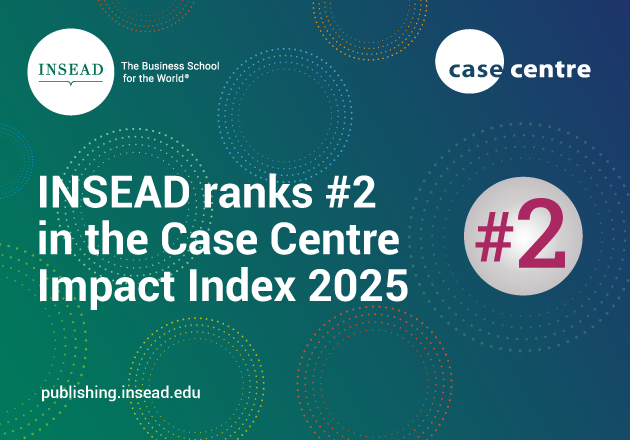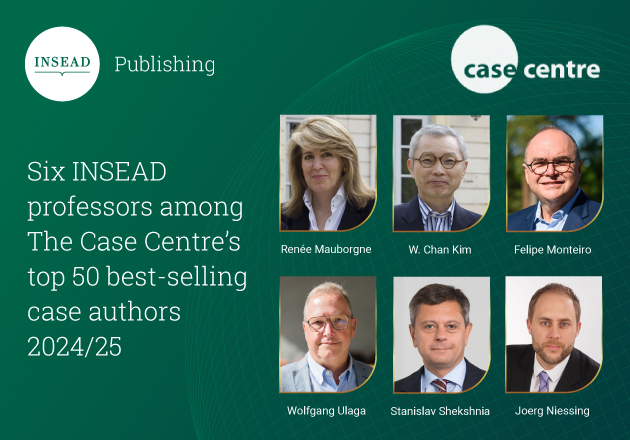This case follows the entrepreneurial journey of Wang Ning, founder of POP MART, the leading player in China's booming pop toy industry. POP MART initially struggled in an unfamiliar market environment but achieved rapid growth after strategically pivoting to innovative IP-based toys and leveraging the blind-box business model, capturing the consumption preferences of Generation Z. After a successful IPO in Hong Kong, the company experienced a drastic market downturn, but from 2023 staged a strong rebound driven by the strategic management of intellectual property, vertical integration across the value chain, and aggressive international expansion into Southeast Asia. Facing a rapidly changing consumer landscape, the protagonist Wang Ning must now navigate key strategic decisions: how to sustain competitive advantage, manage a diversified IP portfolio, and expand globally amid intense competition and complex consumer dynamics.
1.To analyze how POP MART pioneered and dominated the pop toy market by transitioning from a general retail business to an IP-driven company by applying the concept of strategic pivoting, first-mover advantage, and market creation to understand the challenges and opportunities of pioneering a new sector. Students analyze the strengths and weaknesses of POP MART’s vertically integrated business model and assess the sustainability of its competitive advantage, applying Porter’s Five Forces and the VRIO framework.
2.To assess market expansion strategies by exploring the challenges and opportunities of international expansion, considering market entry strategies, cultural adaptation, and competitive dynamics.
3.To understand consumer-driven growth and market differentiation by analyzing how POP MART has leveraged Gen Z’s consumer behavior, including scarcity-driven demand, emotional branding, and digital engagement.
- POP MART
- Pop Toys
- Consumer Goods
- Blind Box
- Gen Z
- Intellectual Property (IP)
- Innovation Strategy
- Blue Ocean
- Internationalization
- Trendy Consumption
- Brand Community
- SDG9 Industry, Innovation and Infrastructure
- SDG12 Responsible Consumption and Production
- Q32025





